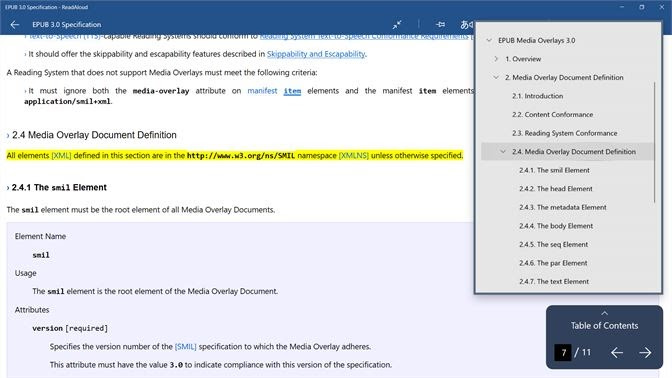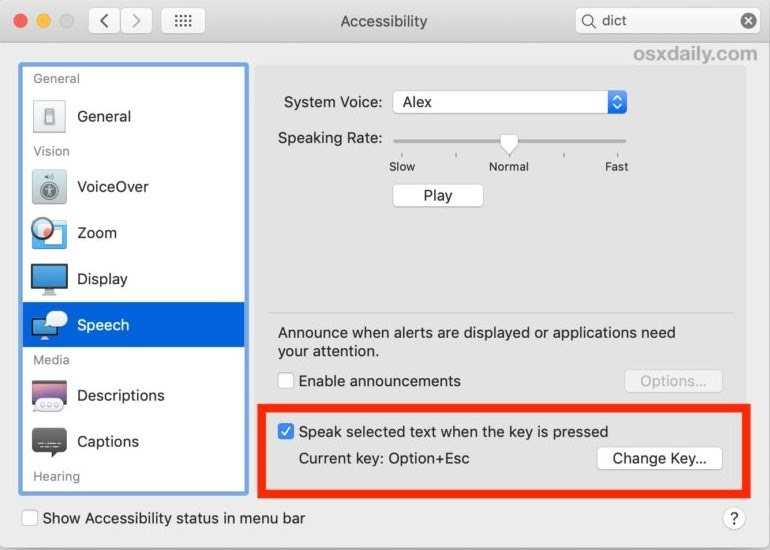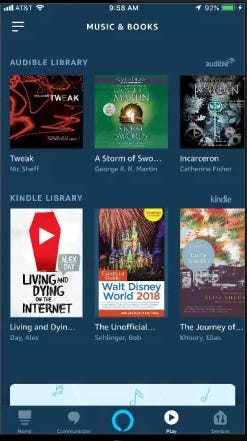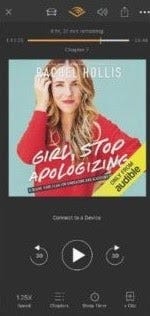Text to Speech Arbitrage
How to get the best of the worlds of audio and text mediums for free?
In a previous article, I had written about arbitrage with mediums of information, wherein you could obtain written information and convert it to audio information via text to speech software (TTS). I’d referred to this as “TTS Arbitrage”. I realized there are some upcoming articles where I want to refer to this approach and so am splitting the section out into an article, which also allows me to add more details and hyperlink to this going forward.
Why does TTS matter
Listening to Audio enables multi-tasking and reduces eye strain. Using written content as the information base as well as converting written content to audio often makes display ads sparse and removes possible redirects of attention, such as reading hyperlinked articles from the initial article.
Refresher on mediums of Information
These are some common medium of information:
Text
Picture
Audio
Video
Different mediums of information have their pros and cons.
Apart from audio, the other 3 require your eyes to focus on a screen (or book). Articles, blogs, and emails have at least a dozen clickthrough links (covered in a previous article). Video has ads and unnecessary animations.
TTS Software for our need
Consuming a lot of books, ebooks, podcasts, and newsletters need either a lot of time or ways to increase efficiency. This is where acquiring some of the information as text and using TTS to read it out helps.
For example, daily news emailed to you will take 2-3mins to read out via TTS software, but if you were to subscribe to the news on the radio, it would be a 15-30mins audio episode daily.
Another comparative example - daily news emailed to you would have around 30 clickthrough links, whereas using TTS makes it a 0 link news source.
For the input sources I find myself consuming, here are the tools I have found helpful for TTS, on different platforms.
Android
I use the @Voice Aloud app the most and use it every day. It works best for PDFs and web pages. Emails need an additional step to select all text and share to the app, so is not perfect for emails, but good enough.
I’ve also found the Speaking mail app helpful but it frequently faces technical glitches and is built to skip over newsletters rather than focus on them. It is still good for email content, but I’ve stopped using it in favor of @Voice.
Windows
I use the ReadAloud app. Since windows (vs Android) lets you do more copy, paste, editing at once using the keyboard, I copy-paste multiple newsletters from an email client into the app and let it read out the newsletters together.
Mac
I use the in-built narrator to OS X by selecting all text in an email, on a webpage, or in a PDF and reading it out.
iPhone
I don’t use an iPhone so haven’t tried things out there. So I googled and here are the 7 best TTS apps for iPhone XS. From the descriptions in the link, the second option seems versatile enough to read documents, webpages, and text, so I would recommend NatrualReader Text To Speech.
Kindle Books
Kindle books are also text-based but often provide sufficient value even when listened to. Alexa app has an accessibility feature to allow you to listen to any kindle ebook you own. Alexa app, as well as this feature, are very poorly built, but due to the lock-in of kindle ebooks to the Amazon ecosystem, this is the cheapest option available.
A subset of the books available on kindle are available for purchase as audiobooks on Audible. The Audible app is well-built and easy to use (screenshot source). Although audiobooks on audible are very expensive, if you buy an audiobook for an ebook you already have, you get a significant discount, called Whispersync. I use audible for books I consider to be very valuable and use Alexa accessibility for the rest.
YouTube
YouTube also enables a similar arbitrage.
You can find talks on youtube by authors of books you want to read. For example, instead of reading the book The Startup of You, I listened to the talk by the authors here 2-3 times at 2x speed, skipping the Q&A section (if any). Usually, authors want to drive book purchases and to do so, they highlight most of the key points from the book. This way, listening to a talk video can save you the effort of reading the entire book.
Although YouTube hosts videos, such talks do not require you to see the video. Even if the talk has some slides, you would be able to get the majority of the knowledge for the majority of talk videos without looking at the video, body language, or slides. So this way, you can use a similar arbitrage of audio over text.
Is multitasking an issue for you?
I’ve written a follow-up article to address frequently asked questions from this one. You can check it out here.
Summarizing
On most platforms and for most content types, you can find ways to optimize your time and hence grow your appetite to consume more information.












